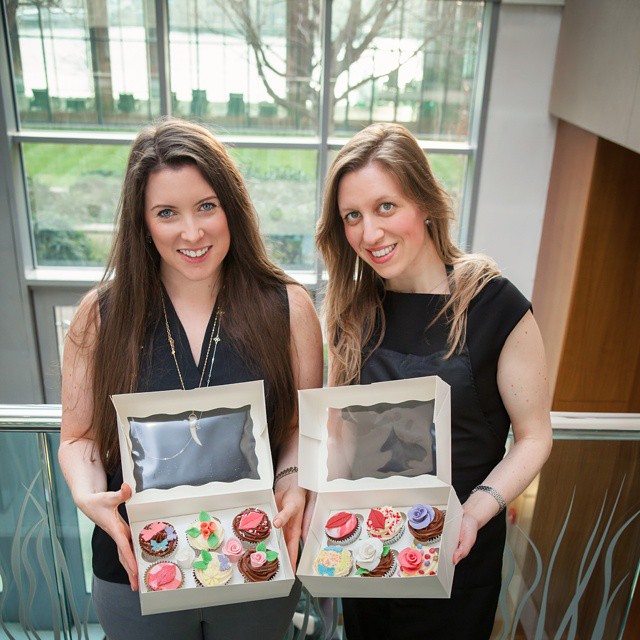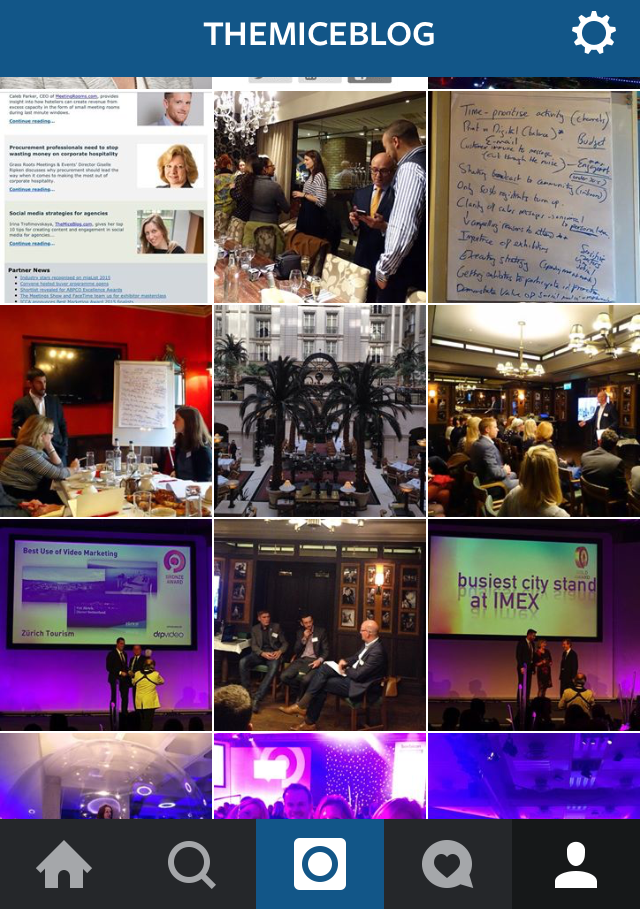Today we hear a lot about engagement, community, creating amazing content, but where do you start? On 9th July I held a session at The Meetings Show about social media strategies for agencies and my aim at this session was to share my experience how I grew my blog, audience and engagement, rather than using another buzz word. On social media, there is no distinction between B2B or B2C. People are spending time on the same channels, and you need to be where they are, with the right content.
At this session, I listed ten techniques that worked for me over the past years, and each was added over the years. If you don’t have social media in place yet don’t worry – take your time and pick the techniques that are right for you and which you can follow consistently. Consistency in essential when doing social media for your business. I focused on two main areas, creating content and driving engagement on social media.
Before going forward, I would like to say it is necessary to have a page where you want to redirect the audience. It can be a blog, your website, an event registration page etc.
Creating content
Choose three social media platforms
Social media can be overwhelming and requires a lot of time! If you are the only person managing it I recommend choosing three platforms and focusing on them. Choosing the platforms is based on your own preferences, where your audience is and how comfortable you are with using them. For me, for example, I chose Twitter, Instagram and Facebook because Twitter is instant and the latter two are visual, which is important for the type of content I post on social media. Nevertheless I do use other platforms, LinkedIn and Pinterest and periodically share content there, but they are not my main platform.
Use visuals
We are creative industry, therefore visuals are essential to bring the message across. Photos from events you attend or organise, fam-trip, site-seeing, dinners etc. are a great way to showcase and document your work.
From what I have experienced, high quality photos get higher engagement rates. How do you get good images? First of all it is practice. I always take 5 – 10 photos before I chose which one to post on social media. Especially when taking photos of speakers, make everyone look nice on the photo – no eyes closed for example. When people look good on the photos they are more likely to share or tag themselves.
When you have the chance, get the photos from a professional photographer on-site. Ask them to send you few photos, or give them your camera to make them, and when they do don’t forget to credit them.

This photo was taken by Lisa Payne from Together Forever Photography and generated higher level of engagement. Lighting and focus just perfect!
Be personal – share your hobbies, interests, everyday life or if company – back stage
Don’t talk only about your business. People are interested to know who is the person behind the brand and your values. Very often people connect with you because they share similar values – be it family, wellbeing, success, adventure etc.
Repurpose content
So you wrote a long piece of content, what’s next? After some time you need to repurpose it and bring the content up.
Why do we need to do it?
- Not everyone is going to read every piece of content you post
- You have new followers since the time you posted it
- You need to update the content. This is something I realised when I did the “venue of the day” feature. My very first article was about an event at Kempinski Hotel Munich Airport, but to my surprise when I wanted to feature it – it wasn’t Kempinski anymore, but Hilton! Venues are changing owners all the time, and we need to be on top of it.
Post daily
Yes, social media is a full time job and you need to post daily AND good quality content. How do you know what to post? Here I suggest a strategy I was introduced to at the LinkedIn seminar by Jason Miller, Global Content Marketing at LinkedIn, different type of content every day from Monday to Friday. While it is brilliant, the reality is, is that you won’t have time to post every day (unless you hire someone to do it for you), so Instagram and Facebook posts are short pieces of content and great to keep in touch with your audience.
Last but not least, don’t forget to post on the weekends and outside 9am to 5pm working hours.
Driving engagement
20/80 rule
The longer time you spend on social media, the more you will realise the 20/80 rule – 20 percent of your effort will generate 80 percent of results.
How do you get it? Here are couple of examples:
- Guest authors and crowd sourcing. If you ask 20 event planners what their tips are for successful summer party and post it on your blog, your article will be shared over 20 times and generate great traffic.
- Collaborations with big brands. When you post an article or photo of major industry brand, venue or destination and they share it on their page or include it in their mailing it will drive high engagement to your website and increase your exposure.
- Write about popular or controversial topics, such as women in events or event management degrees and I guarantee that will drive traffic for months after you post it.
Create a community
After you have all the above in place, you can create a community. Creating a community is a lot of work and requires you to be consistent. You will need to choose on which platform to create the community, who will manage it, around what content you will drive the discussion and more. Before creating a community I would suggest you to be part of another community and contribute as a member. Learn the dynamics, what makes people engaged, who are the members etc. Every community will be different and you need to keep an open mind and be consistent.
Scale content
When you have developed a clear content strategy and post regularly, it is time to scale your content. For example, if you have a monthly feature, do it a weekly feature, if you have a weekly feature, do it a daily feature (e.g. – venue of the day and incentive of the day features I run in March and June are an example). It keeps you focused and your audience knows what to expect and when.
Know your analytics
You know how to improve your content only when you know what works. Therefore, it is recommended to have analytics from the very beginning and compare results over the months and years. There are different analytics tools out there, the one I use most is google analytics and it shows me the traffic to my blog. As mentioned in the very beginning, with your social media activities you need to redirect the traffic to a website and measure the results (It can be ticket sales, new customers or increased brand exposure and traffic to the website).
Don’t forget face-to-face
It is great to have many followers, but what is really important is also face-to-face communication. Having a strong social media presence needs to align with your “real” persona and both your online and offline profiles need to be consistent.
That is all for now. Hope you could pick the strategies right for you. Social media is an on-going learning curve and you will need to test and experiment before you will get it right. In our industry, as opposed to fashion, food or retail, the lead time is much longer. If in food industry you can sell a meal for £20, selling event service is much more expensive with longer lead time, where you need to build relationship and establish confidence first.




No Comments